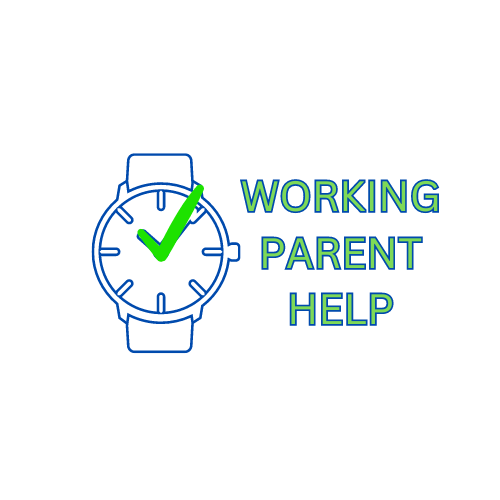
How to Teach Gratitude to Your Kids
In a world where instant gratification is the norm and kids think Wi-Fi is a basic human right, teaching gratitude can feel like an uphill battle. But before you resign yourself to a future filled with eye rolls and "I wanted the new iPhone, not socks!" tantrums, take a deep breath. Teaching gratitude is not only possible—it’s essential for raising kind, empathetic, and happy humans.
Here’s how you can cultivate an attitude of gratitude in your kids without sounding like your grandmother telling you how she walked five miles to school. Uphill. Both ways.
1. Create a Gratitude Ritual
Kids thrive on routine (even if they claim to despise it). One easy way to instill gratitude is to make it a daily habit. Start a simple gratitude ritual, like:
Sharing one thing you’re thankful for at dinner each night.
Keeping a gratitude jar where everyone writes something they appreciate and reads it at the end of the week.
Having a bedtime reflection where kids recall three good things that happened during the day. (Bonus: This helps them focus on the positive before bed, leading to better sleep and fewer late-night requests for water.)
2. Encourage Thank-You Notes (Even If They're Scribbles)
In the age of texting and emojis, the art of the handwritten thank-you note is fading fast. Revive it in your household!
Have kids send thank-you notes for gifts, kind gestures, or even just a fun playdate.
If they’re too young to write, let them draw a picture or dictate their message to you.
Make it fun! Provide colorful paper, stickers, and crayons—because nothing says "thanks" like a note covered in glitter.
3. Volunteer as a Family
One of the best ways to teach gratitude is to show kids how fortunate they are. Volunteering as a family exposes them to different life experiences and fosters empathy. Some ideas:
Serve meals at a shelter.
Donate toys and clothes to those in need (and let your kids help choose the items).
Participate in community clean-up events.
Visit a nursing home and spend time with residents who may not have frequent visitors.
By seeing firsthand how their actions can make a difference, kids learn to appreciate what they have and develop a heart for helping others.
4. Practice Gratitude Through Storytelling
Kids love stories, and storytelling is a powerful way to teach gratitude.
Read books that highlight appreciation and kindness.
Share personal stories about times you were grateful for something unexpected.
Ask your kids to make up their own gratitude stories—maybe about a superhero who uses "thank you" as their secret power!
5. Teach Kids to Value What They Have
We’ve all been there—buying the latest must-have toy, only to find it abandoned under the couch a week later. Teaching kids to appreciate what they already have helps counteract the "more, more, more" mentality.
Rotate toys so they feel new again.
Encourage them to take care of their belongings.
Before getting something new, have them donate or repurpose an old item.
6. Model Gratitude in Everyday Life
Kids are little copycats, absorbing everything you do (and sometimes repeating it at the most embarrassing moments). The best way to teach gratitude is to model it yourself.
Say "thank you" often—to your kids, your partner, the cashier at the store.
Express appreciation out loud for simple things ("Wow, what a beautiful sunset!" or "I’m so grateful for this cup of coffee keeping me alive today.")
Avoid complaining too much (hard, we know). Instead of saying, "Ugh, traffic was terrible," try, "I’m grateful we got home safely."
Final Thoughts
Teaching gratitude isn’t about forcing kids to be grateful 24/7 (because, let’s be honest, they’ll still have their moments of "why did you ruin my life by not buying me a toy?"). It’s about planting small seeds that grow into a lifelong appreciation for the big and small joys in life.
So, how do you encourage gratitude in your family? Share your best tips (or funniest fails) in the comments below! And if you’re looking for more parenting wisdom, check out our other blog posts on raising happy, resilient kids.
